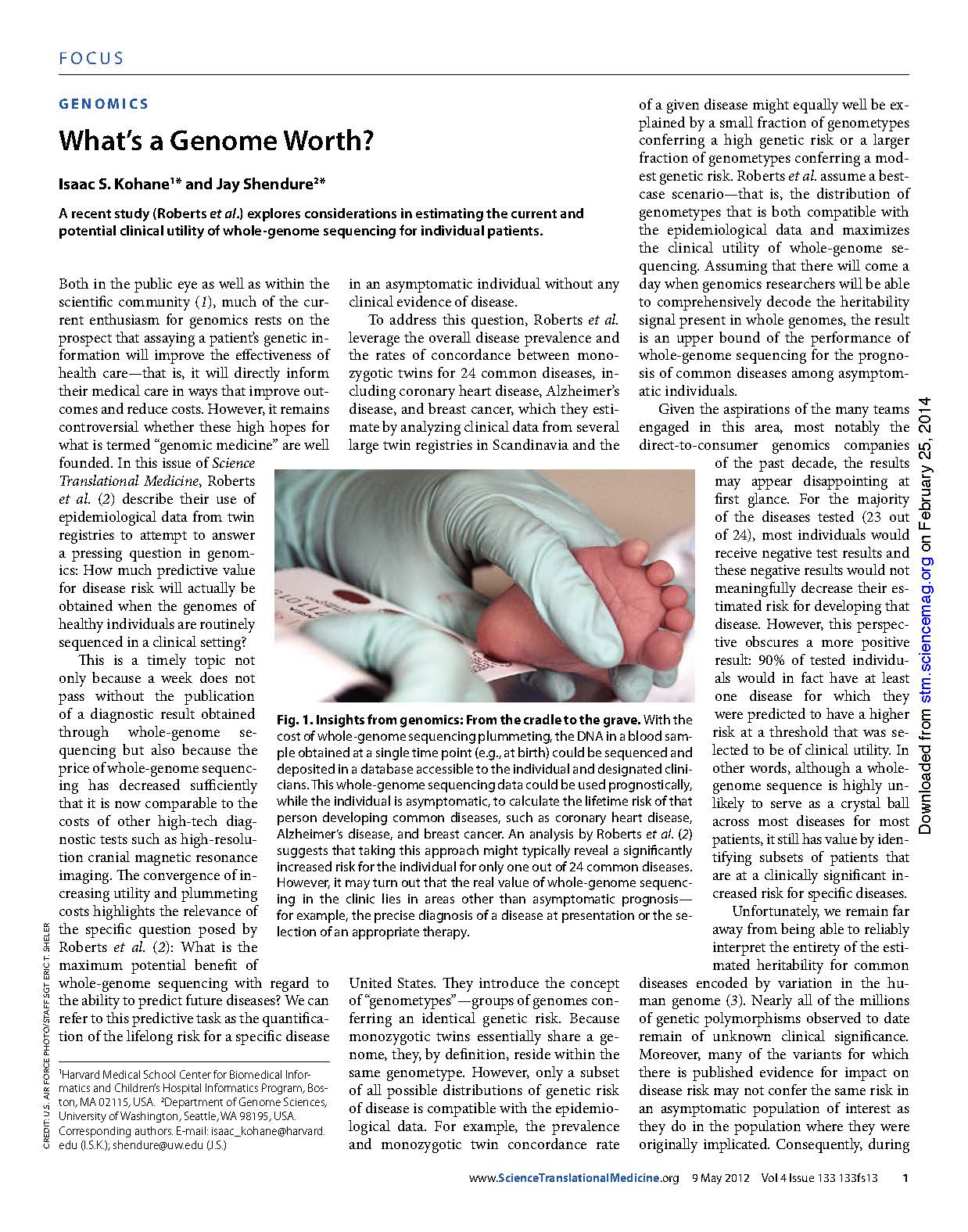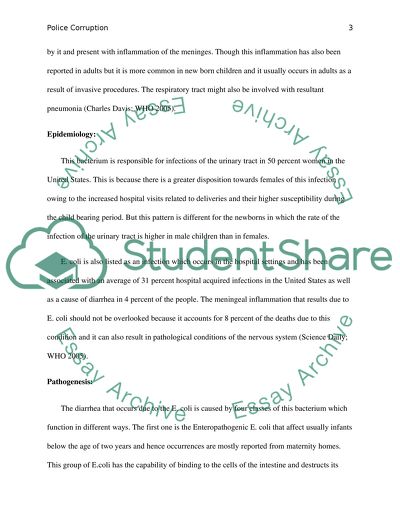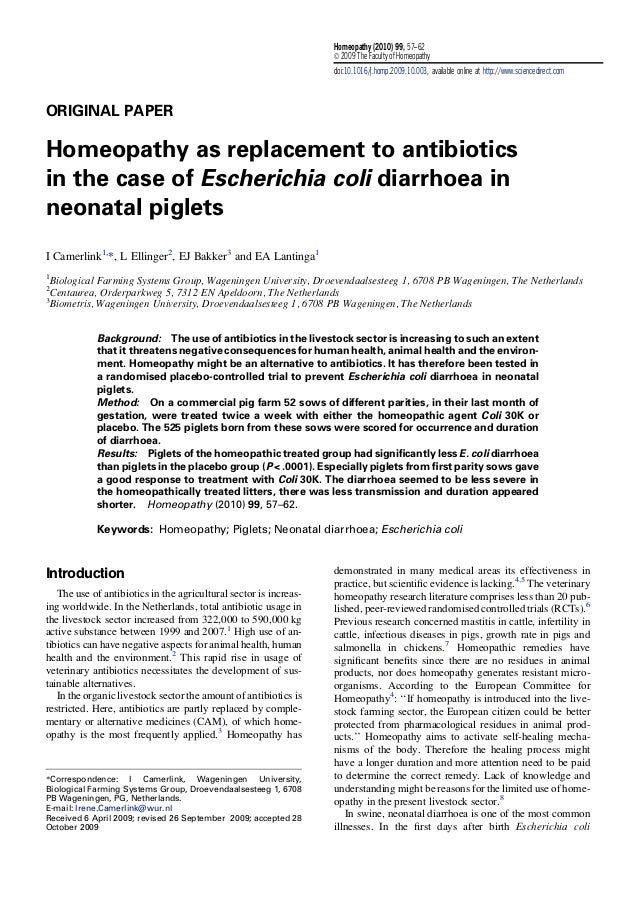Do you hope to find 'e coli research paper'? Here you can find all of the details.
Research Paper on Paper Summary: This clause is written active the issues regarding being found fashionable meat that is being sold to consumers in stores nation wide. All section looks atomic number 85 a different section and what efforts they are devising to try and prevent further cases of in kernel products.
Table of contents
- E coli research paper in 2021
- E coli o157:h7 what does the o stand for
- Reproduction of e coli
- Free sample research papers
- Escherichia coli impact
- Escherichia coli benefits and dangers
- How is e coli beneficial to humans
- E coli research paper pdf
E coli research paper in 2021
 This image demonstrates e coli research paper.
This image demonstrates e coli research paper.
E coli o157:h7 what does the o stand for
 This image illustrates E coli o157:h7 what does the o stand for.
This image illustrates E coli o157:h7 what does the o stand for.
Reproduction of e coli
 This image illustrates Reproduction of e coli.
This image illustrates Reproduction of e coli.
Free sample research papers
 This picture illustrates Free sample research papers.
This picture illustrates Free sample research papers.
Escherichia coli impact
 This picture shows Escherichia coli impact.
This picture shows Escherichia coli impact.
Escherichia coli benefits and dangers
 This picture illustrates Escherichia coli benefits and dangers.
This picture illustrates Escherichia coli benefits and dangers.
How is e coli beneficial to humans
 This image illustrates How is e coli beneficial to humans.
This image illustrates How is e coli beneficial to humans.
E coli research paper pdf
 This picture demonstrates E coli research paper pdf.
This picture demonstrates E coli research paper pdf.
Is it true that E coli is a model organism?
However, research on E.coli has primarily examined it as a model organism, one that is abstracted from any natural history. But E. coli is far more than just a microbial lab rat. Rather, it is a highly diverse organism with a complex, multi-faceted niche in the wild.
How does Escherichia coli get into the environment?
Escherichia coli is classified as a rod-shaped, Gram-negative bacterium in the family Enterobacteriaceae. The bacterium mainly inhabits the lower intestinal tract of warm-blooded animals, including humans, and is often discharged into the environment through faeces or wastewater effluent.
Where does Escherichia coli O157 H7 come from?
Abstract Enterohemorrhagic Escherichia coliO157:H7 is a major foodborne pathogen causing severe disease in humans worldwide. Healthy cattle are a reservoir of E. coliO157:H7, and bovine food products and fresh produce contaminated with bovine waste are the most common sources for disease outbreaks in the United States.
What are the objectives of an E coli article?
Objectives: After completing this article, readers should be able to: 1. Describe the epidemiology of E coli infections. 2. Recognize the clinical features of E coli infections, including the O157: H7 strain.
Last Update: Oct 2021